A day in the life: applied behavioural scientist Mark Hauser
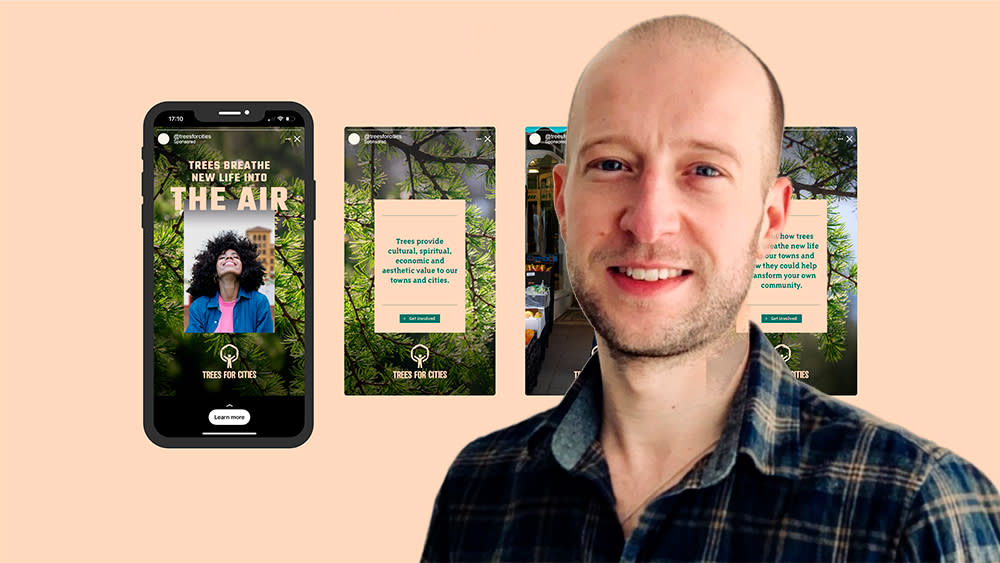
In this instalment of our Day in the Life series, we delve into a role that many people may not think of in connection with branding and design. Mark Hauser is an applied behavioural scientist who applies his background in psychology to the challenges faced by brands.
After years of researching the psychological underpinnings of brands, including work on consumer challenges with the likes of Graze and Diageo, Mark now works at branding agency The Team. There, he contributes a blend of behavioural understanding and commercial experience to driving positive behaviour change. But what does that mean? And what does an applied behavioural scientist do at a branding agency? We spoke with Mark to find out more.
Tell me about a typical day in your role
It’s challenging to define a 'typical' day, but a standard week generally involves offering a behavioural science perspective on new client briefs, collaborating with fellow strategists to identify the most suitable approach. This includes engaging with the design team, either in the early stages, where the focus is on key strategic objectives, or mid-stage, where I work with designers to optimise creativity.
In addition, I spend time keeping on top of new developments in the field of behavioural science, which might be relevant to the world of our clients & prospective clients.
What role does behavioural science play in branding?
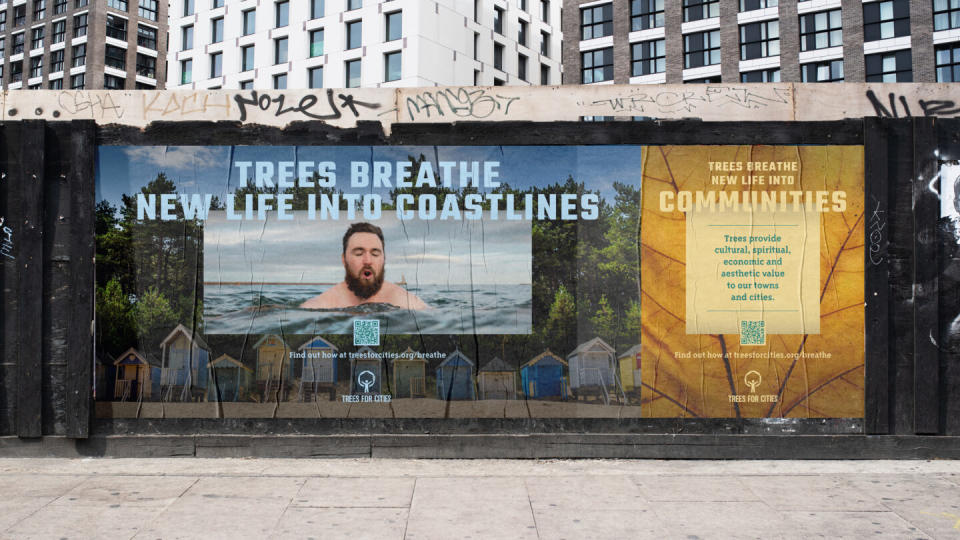
If we accept that brands exist only in the minds of consumers, we can simplify the key role of behavioural science as helping brand managers achieve their objectives. Firstly, it involves providing a psychological understanding of how people form perceptions of a brand (i.e. brand positioning) in their minds. Secondly, identifying how we can establish a presence in consumers’ minds in the first place.
Beyond this, given my route into applied behavioural science was through the study of decision-making, there are other applications. These include understanding the role of branding in the consumer decision-making journey, understanding what is driving and influencing behaviour within the customer funnel, and understanding consumers at sufficient a level so as to build brands which play a relevant role in their lives.
Do you think the way brands use behavioural tactics is well understood?
Not really! And annoyingly there are too many marketing tacticians who apply behavioural science principles purely in pursuit of achieving short term metrics, e.g., increasing sales conversions, which leads to manipulation and “dark” applications of behavioural science which are not in service of the customers’ best interests. For example, as it is top of mind, I tried to end my Now TV subscription last week, and had to confirm my desire to cancel on 6 separate web pages, with each page using different behavioural science principles to try and get me to not cancel. It felt like a war of attrition.
Which projects are you the most proud of and why?

Probably a piece of work for an environmental charity that sought to deepen their understanding of their audience. The goal was to leverage this insight to refine their content strategy, ultimately fostering growth in both their customer base and the revenue-generating aspects of the charity.
Being a nature enthusiast, I loved working on this project, but what made it particularly rewarding was developing an approach to conduct qualitative and quantitative research in a psychologically sound manner, all within budget constraints. The impact was significant—our recommendations resulted in a four-fold increase in advertising engagement within the first four weeks. Simultaneously, the project laid the groundwork for a more robust CRM strategy.
How do you measure the impact of internal behaviour change programmes?
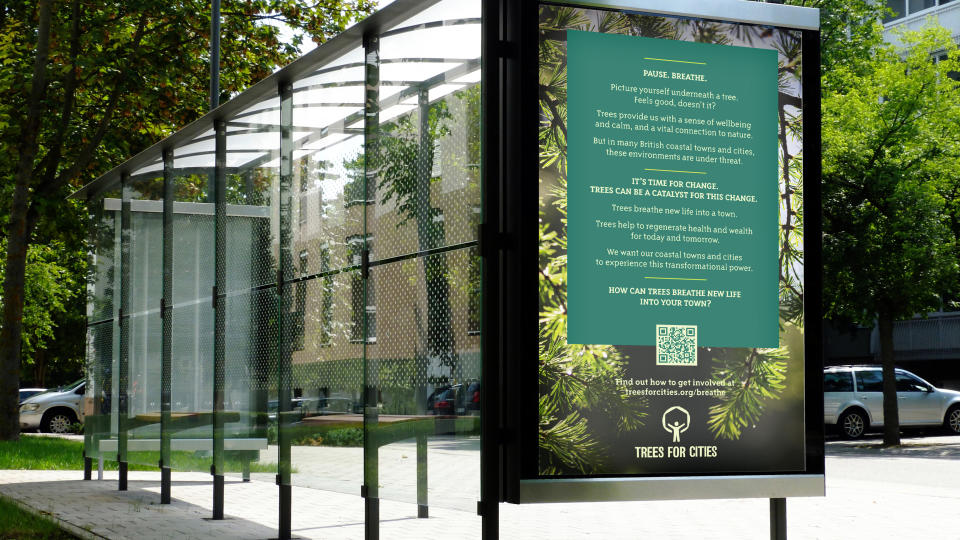
Ideally, we set suitable metrics in advance, and test the intervention against a control group (i.e. a similar group of participants who did not receive the intervention). But this almost never happens in reality. Often, speed of rollout or other internal constraints mean we have to go to full launch ASAP. In this instance we look for any reasonable metrics which can show behaviour change.
And it is worth mentioning, sometimes clients don’t have the desire and ability to measure the results. Not everyone wants to adapt a scientific process. And that’s OK. I feel comfortable trying to see what can be done in the grey area between the scientific ideal and day-to-day reality.
Tell me about a difficult work-related challenge and how you approached it
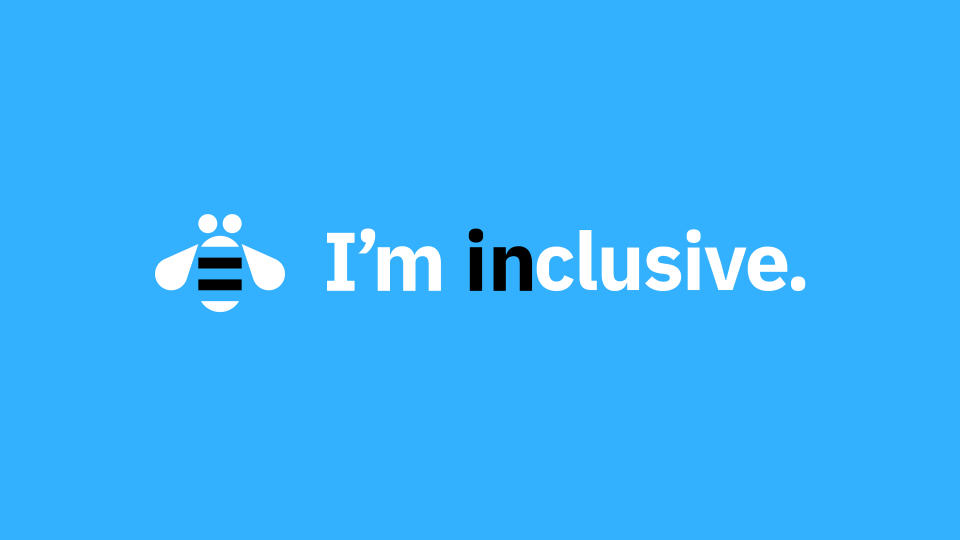
A key client of ours approached us seeking a video to drive allyship across their global organisation. I was curious to see why they were requesting a video to achieve this objective as I was unsure a video would solve many, if any, of the challenges inherent with the question of “allyship” behaviours.
The tricky thing here was to shift our client from having a fixed idea of the tactical execution they wanted and towards a more open-minded approach to finding the optimal way of solving their problem. To navigate this, we delved into the behavioural dynamics of allyship—identifying the factors that contribute to these behaviours and understanding the barriers and influences that impede them. This involved conducting workshops with various stakeholders, providing valuable insights into the key drivers, influences, and barriers to allyship within the organisation. Armed with this understanding, we could channel our creative thinking into specific areas that played a pivotal role.
And in the end, we didn’t create a video.
How did you enter the field?
My early career was spent working in marketing/commercial roles. I had always been interested in people and wanted to advance my knowledge in an accredited way, so I undertook an MSc in Psychology in my spare time. When offered opportunities to specialise during the programme, I focused on decision-making science and, given my previous work in marketing, found it easiest to apply decision-making within the world of brands, marketing and business with which I was already very familiar.
What advice would you give to anyone interested in working in the area?
Get stuck in. Whether you want to take on a formal education or just improve your basic understanding, there is no reason not to. And the application of behavioural science is widespread.
What would be your dream project?
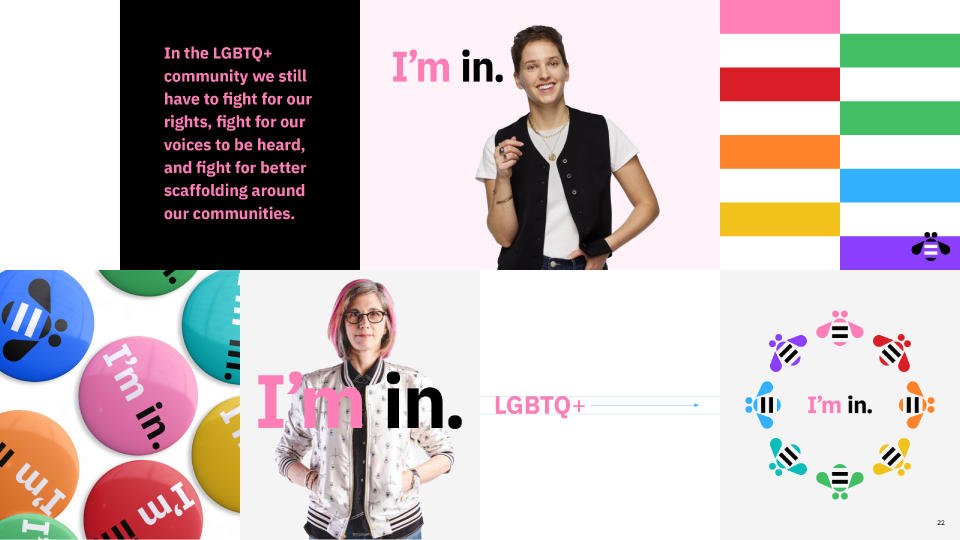
I have three types of dream project. Firstly, collaborating with multinational organisations who want to see how they can nudge consumer behaviour within their sphere of influence to be more eco-friendly and in a way which serves their customers’ interests.
Secondly, I’d love to work with socially and environmentally responsible businesses, regardless of their size, to see how they can gain market share over some of their market leaders who most probably aren’t acting in such a socially and environmentally responsible manner.
Lastly, I’d love to work on change projects which tackle institutionalised behaviour, such as the abhorrent abuse of female trainee surgeons in the UK that was reported on a couple of months ago – I’d love to see how we could enact change within some of these institutions.
What career advice would you give your younger self?
Find work you find enjoyable and fulfilling.
Mark is an applied behavioural scientist at UK-based branding agency The Team.

